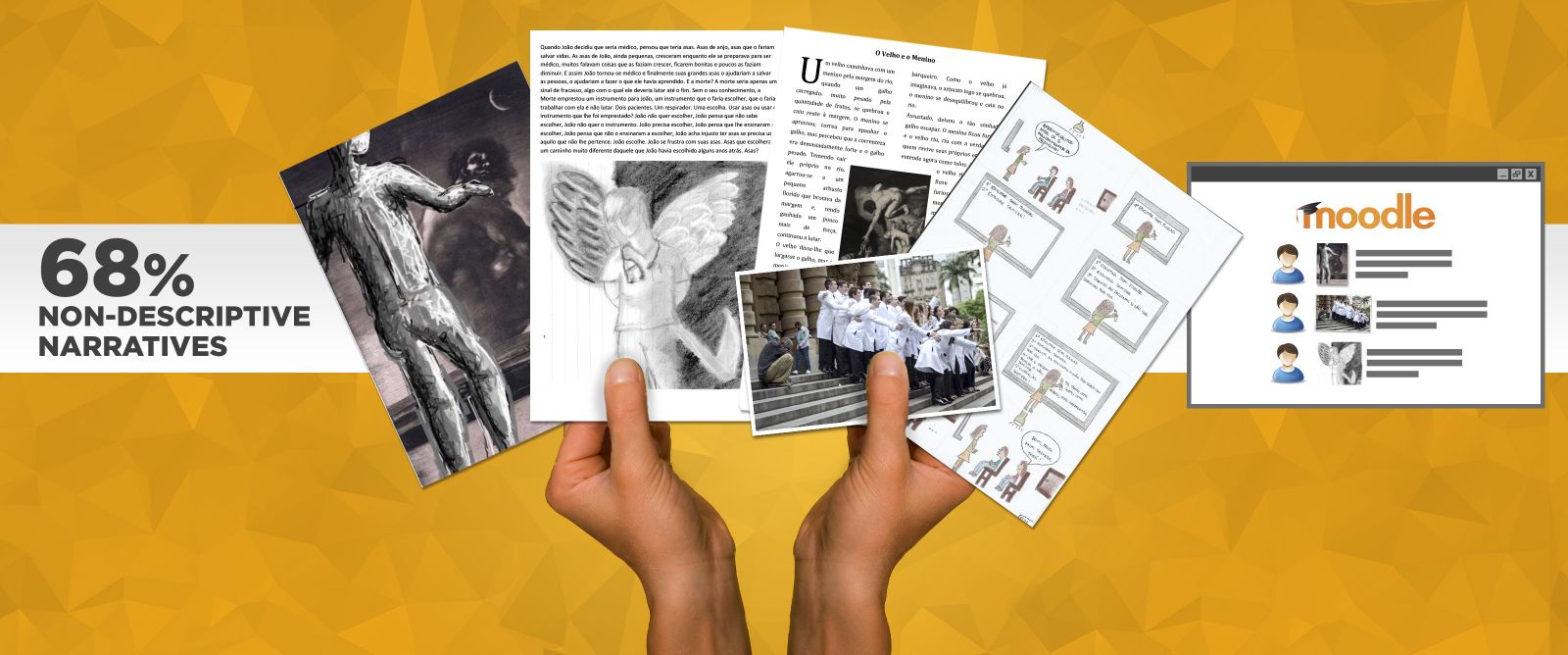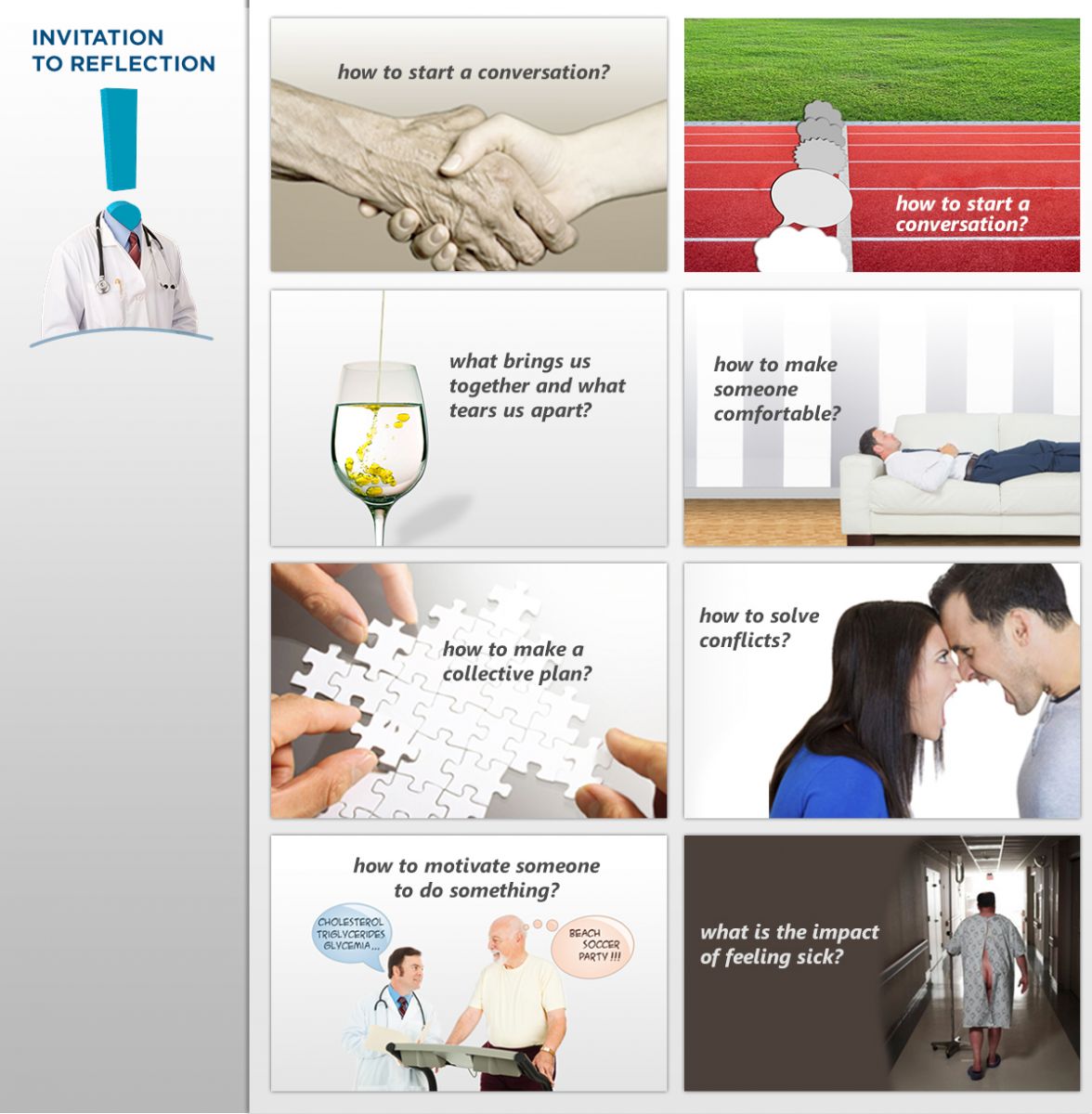
| Theme: 8AA Communication skills | |||
 |
||||||
| Learn through feeling: the use of artistic expressions as an instrument to uncover the affective dimension of doctor-patient relationship |
 |
|||||
|
||||||

In Brazil, medical students usually belong to small families, from upper socio-economic classes, and have a history of high academic achievement. This background is often associated with a relative lack of social experiences and fewer opportunities to reflect on losses or failure situations. Although students enter the course with positive expectations, when in contact with human suffering, many of them choose to move away from their patients' emotions.
In general, the ability to communicate with patients is addressed in traditional classes focused on behavioral rules, which are inefficient in dealing with the real difficulties our students are facing. At this point, students need to reflect on how to be communicative in fact, not only to behave as being communicative.
To deal with this issue, we have developed a course based on different aspects of human communication.

Students accepted the activities very well and participated actively during the classes. More than two thirds of them (68%) chose to produce non-descriptive narratives such as short stories, poetry, cartoons, paintings and drawings. Students demonstrated a growing interest in addressing patients’ feelings and realized the importance of dealing with these issues in a way that the patient would be satisfied.
The content is posted in a Moodle platform.
At the end of the semester, the best stories are published at the school’s newsletter.

1. Unicamp. Comissão Permanente para os Vestibulares (COMVEST). Perfil Socioeconômico de Ingressantes. [Acessado em 10 set. 2014]. Disponível em: http://www.comvest.unicamp.br/estatisticas.
2. Hojat M. Empathy in Patient Care: Antecedents, Development, Measurement, and Outcomes. New York, NY: Springer; 2007. 226p.
3. Kim SS, Kaplowitz S, Johnston MV. The effects of physician empathy on patient satisfaction and compliance. Eval Health Prof. 2004;27:237–51.
4. Zolnierek KB, Dimatteo MR. Physician communication and patient adherence to treatment: a meta-analysis. Med Care. 2009;47:826–34.
5. Hojat M, Louis DZ, Markham FW, Wender R, Rabinowitz C, Gonnella JS. Physicians' empathy and clinical outcomes for diabetic patients. Acad Med. 2011;86(3):359-64.
6. Del Canale S, Louis DZ, Maio V, Wang X, Rossi G, Hojat M, et al. The relationship between physician empathy and disease complications: an empirical study of primary care physicians and their diabetic patients in Parma, Italy. Acad Med. 2012;87(9):1243-9.
7. Suchman AL, Roter D, Green M, Lipkin Jr M. Physician satisfaction with primary care office visits. Collaborative Study Group of the American Academy on Physician and Patient. Med Care. 1993;31:1083–92.





 Send Email
Send Email